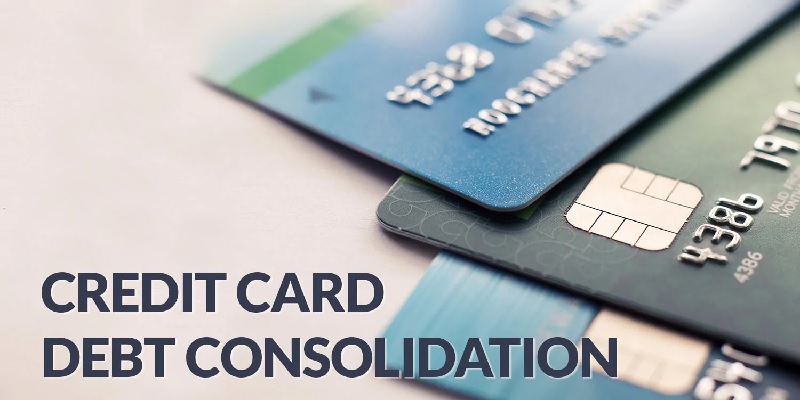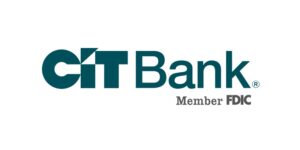 Normally, the average interest rate that comes with a credit card since 2017 is about 13.08%. In other words, the debt on your credit card can be less than 6 years if your credit score is good. However, for people with bad credit, the rates can be much higher than that. No matter what your credit score is, you should think about getting debt consolidation. It will have many debts go into one if you get a debt consolidation. In other words, this debt consolidation is to make your interest rates and payments much lower.
Normally, the average interest rate that comes with a credit card since 2017 is about 13.08%. In other words, the debt on your credit card can be less than 6 years if your credit score is good. However, for people with bad credit, the rates can be much higher than that. No matter what your credit score is, you should think about getting debt consolidation. It will have many debts go into one if you get a debt consolidation. In other words, this debt consolidation is to make your interest rates and payments much lower.
Read below for more information on how to consolidate credit card debt.
 |
 |
Making a Balance Transfer
There are many different ways you can consolidate your debt on your credit card. Since each debt is different this is where the several options comes in handy. Plus, it would help if you are aware of the financial situation you’re in before you look at the different perks. When you get a balance transfer credit card, this is one of the simplest ways to consolidate debt. Several cards will have 0% balance transfers for a long term. For example the Citi Simplicity credit card has a 21-month balance transfer period.
Additionally, the savings that you can get with a balance-transfer credit card is wonderful. You can save hundreds to thousands when you sign up for a good credit card. However, whenever the promotional period is over, the rates may increase greatly as well.
Pros
- Get savings on interest
- Extra perks like extended warranties on transactions with some credit cards.
Cons
- The rates can get higher after the promotional period is over.
- The fee for a balance transfer can be $5 or 3%
Personal Loans
Typically, people would want to stay away from loans unless it’s really necessary. However, with a personal loan, you’ll be able to pay off any debt you have on your credit card. This isn’t a bad option especially if you have a good relationship with your bank. Many financial institutes will have unsecured personal credit card loans that’s available for eligible borrowers. Additionally, this can help your credit cards be debt free in just one bank loan.
Banks like Wells Fargo will have loans that range from $3,000 – $100,000 with no personal collateral needed. Plus, these rates will be fixed not like a credit card interest rate.
Pros
- Fixed interest rates
- Lower rates when compared with rates from a credit card
- Some banks have no consolidation or loan fees
Cons
- Rates can be higher than 0% credit card balance transfer options.
Managing Your Debt
When you sign up for a debt management plan, it’s much different compared to a loan. In other words, you can look at it like a financial appointment you have with a credit counseling company. You’ll be able to talk with your creditors to set up a repayment plan that can decrease your balance and/or interest rate.
After, you must agree to set up a monthly payment to this company for a certain amount of time until the amount you agreed on is paid for. However, keep in mind that going into a debt management plan can affect your credit score in a bad way.
Pros
- Decreased payment or interest rates
- Make 1 payment a month for your debts
- A freeze is placed on your account so creditors don’t go after a legal action against you.
Cons
- Can harm your credit score
- Damage your relationship with other lenders
- The counseling company needs payment to fees of credit
Home Equity Line of Credit
If you have equity in your house, you’ll be able to borrow against it to pay off debt on your credit card. But, your new home equity loan will need you to do 1 monthly payment. Plus, majority of the time, you’ll be able to get a lower rate compared to other interest rates for credit cards.
In other words, if you plan to borrow money from yourself a home equity line of credit is a great option. Keep in mind that you will be interacting with a third-party lender that can have a bad impact on HELOC. You will be putting your house up for collateral, so if you cannot pay the loans back, you might be facing foreclosure.
Pros
- Rates are lower compared to credit card interest rates.
Cons
- A possibility of you paying for loan origination fees.
- Having your house up as collateral can be too risky if you can’t pay back the loans.
Borrowing from a 401(k)
People who sign up for a 401(k) plan can borrow about half of the money ($50k) for their own purposes. This plan is made with you and your sponsor and you can take money out for hardship reasons. Additionally, one of the main perks of this is the money that you must pay back. Normally, principal and interest will go right back to your account.
However, the interest rate for this plan is relatively low, so it doesn’t show up on your credit report. There are some long-period benefits that you’ll have in your retirement account as well. Just borrow the money for a small amount of time. Unfortunately, if you don’t pay the loan back, there are income taxes and early withdrawal penalties that will be included.
Pros
- You just have to repay yourself (no lenders)
- Once the loan is paid off, there aren’t any early withdrawal penalties if you’re younger than 59 years old.
- Decreased interest rates compared to credit cards.
- No credit ramifications if you default
- Terms that can last no more than 5 years.
Cons
- Default can implement taxes and penalties.
- Lose interest while your money isn’t in the account.
- You have to have your loan repaid in about 60 days after losing or changing your job
Conclusion
No one likes to have debts pilled up on their credit cards. Fortunately, there are several methods you can consider to make those debts disappear. Keep in mind that each option is different for everyone’s financial standing. So be aware of the situation you’re in and what you require to make your debt go away and pay off loans.



